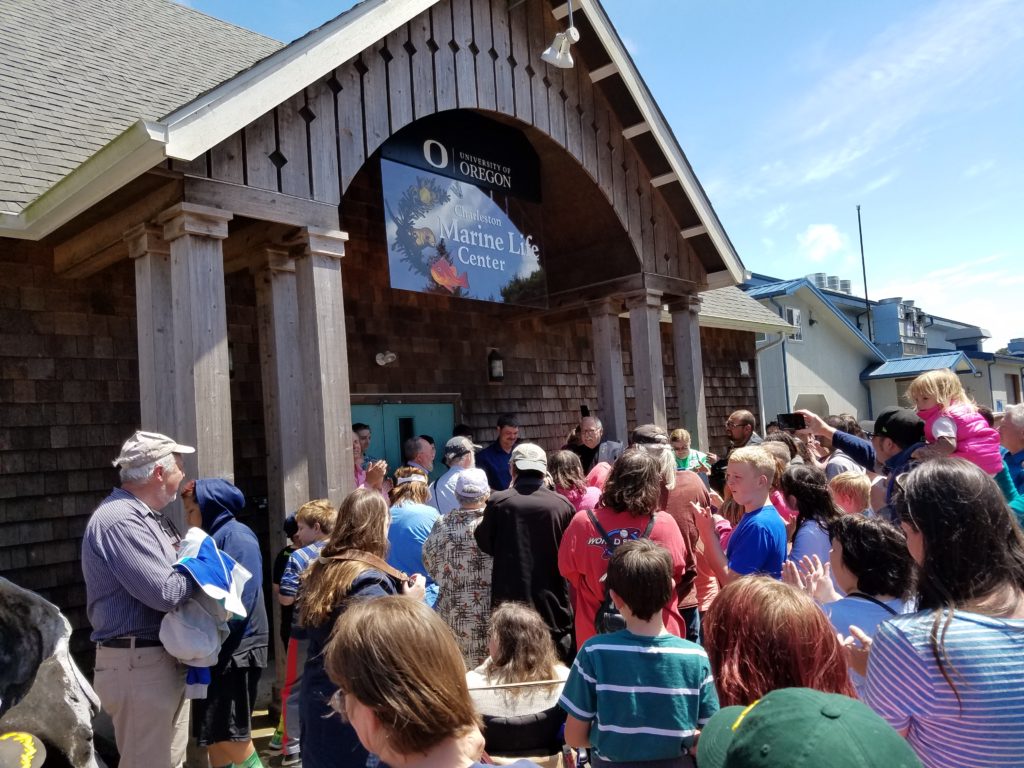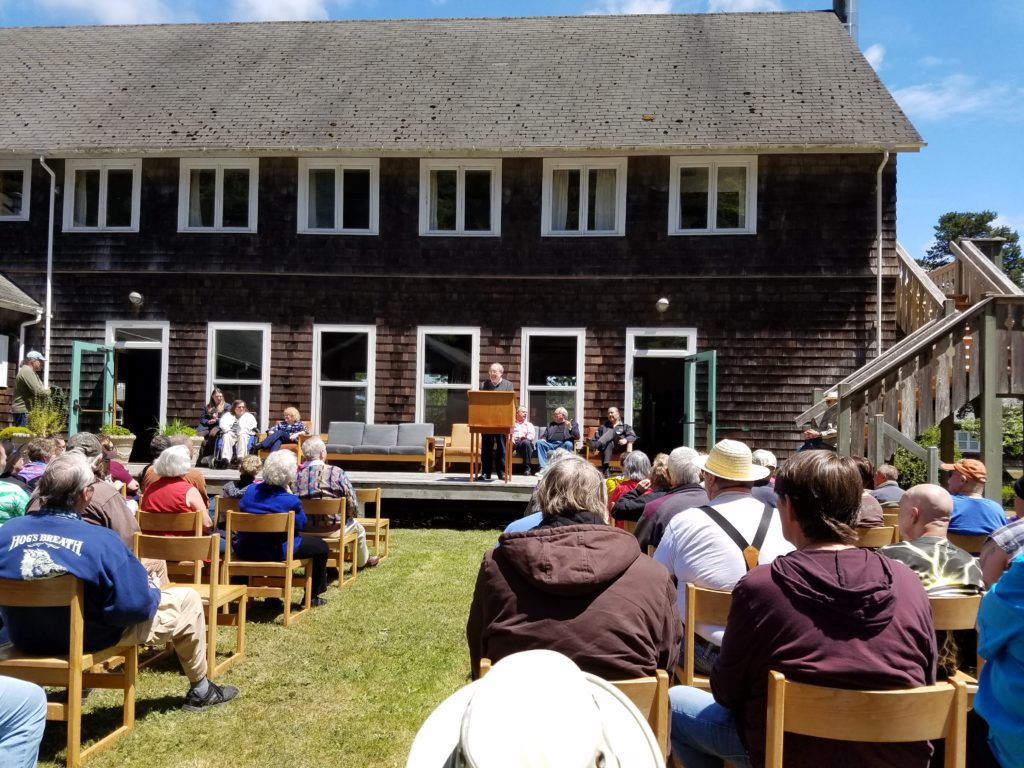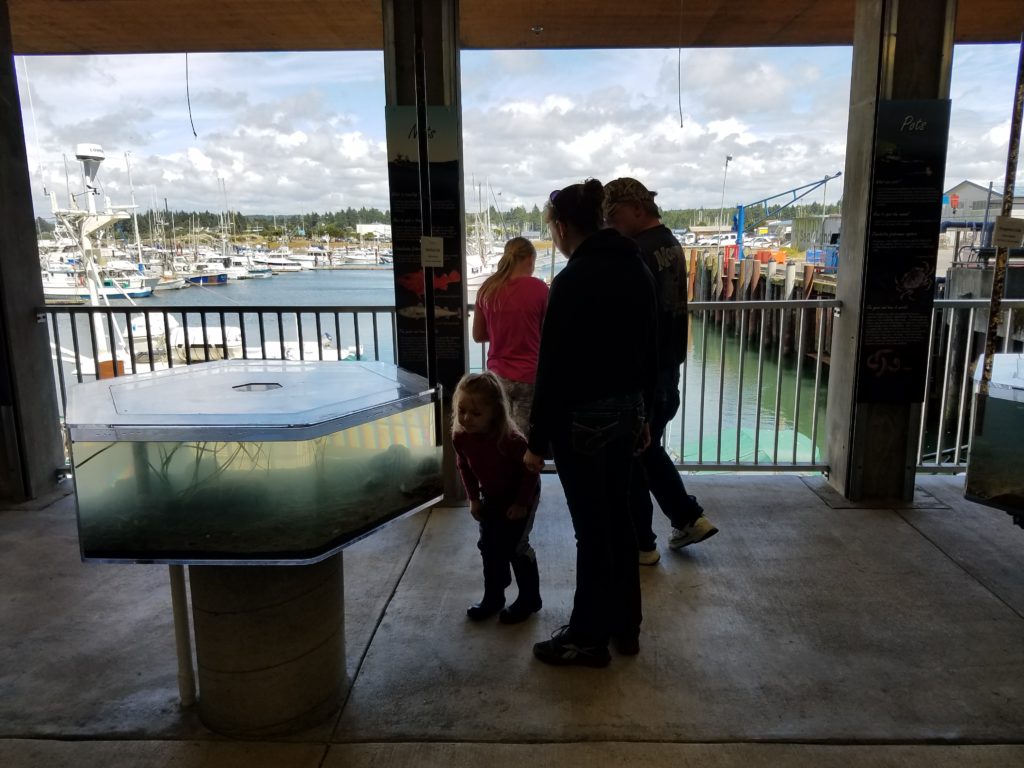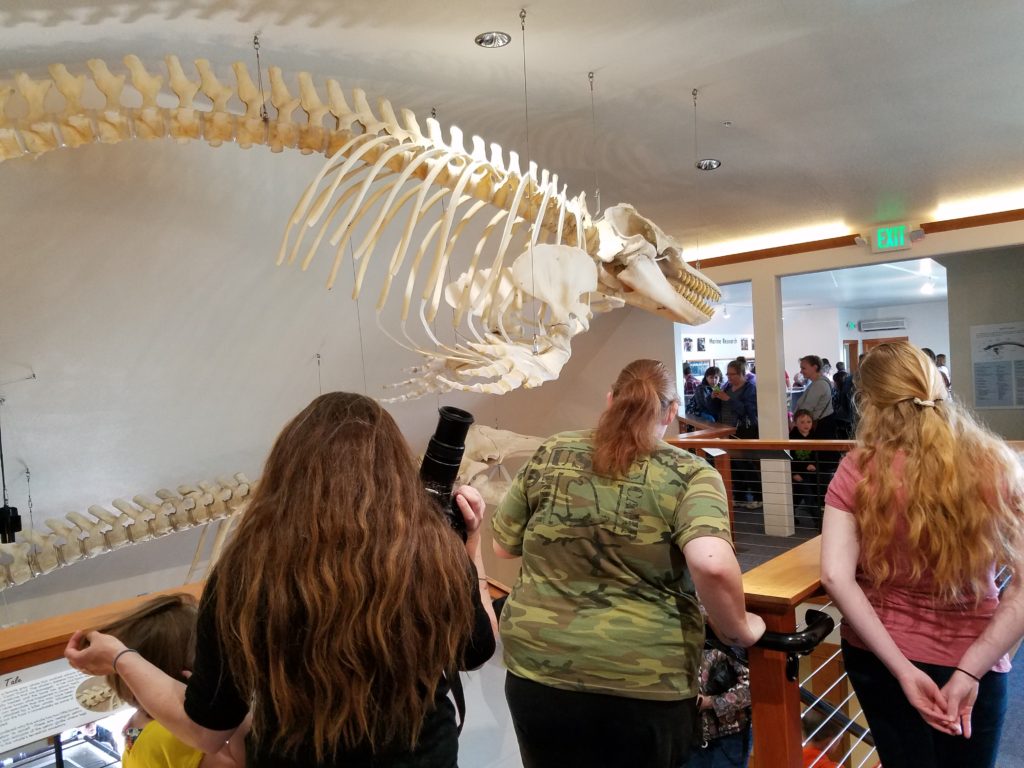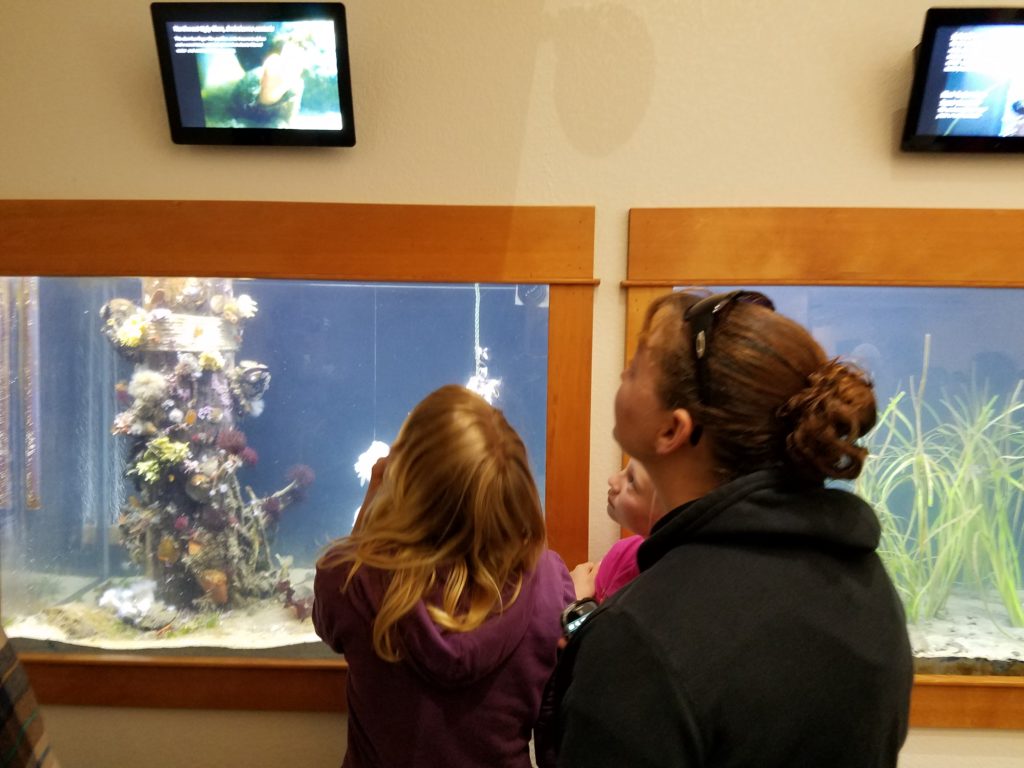The town of Charleston, on the southern Oregon coast, supports one of Oregon’s largest commercial and recreational fishing fleets and also serves as the base of operations for multiple scientific, education and coastal resource management organizations. In order to plan for a productive and sustainable future, Charleston was looking to develop an integrated coastal and ocean center that will house many of these entities and provide space for expansion.
Problem Statement
Charleston is a town of many things to many people. The population fluctuates greatly, from 6,000 in the off season to over 30,000 in the summertime. The town is known for its access to fishing and a number of organizations related to education and resource management. Due to the economic challenges of such wide swings in population, there was recognition of the need for a cohesive vision of how to enhance and develop the resources and unique attributes of the area, and how to maintain economic stability.
Solution
To sustain their role as a center of coastal and maritime activity the Port of Coos Bay, in partnership with the Oregon Institute of Marine Biology, requested assistance from Oregon Solutions to produce a vision and implementation plan for a Coast and Ocean Center. The project team had fifteen partners and many more participants who are still working together to implement their vision.
Objectives
- Support collaboration among organizations to sustain coastal and ocean resources
- Increase coastal access and infrastructure
- Increase public information and education opportunities
Results
- Construction of the Charleston Marine Life Center, a small but engaging museum/aquarium on the campus of the University of Oregon’s Institute of Marine Biology (OIMB) has been built. This $700,000 facility on the banks of the Charleston Marina hosts visitors with a stunning array of marine exhibits, houses OIMB’s new ROV submersible research vessel, and offers incredible views of the working boat basin and the mouth of Coos Bay.
- The University of Oregon and the South Slough National Estuarine Research Reserve, through NOAA funding, purchased a 3.4 acre parcel adjacent to OIMB’s campus which is sufficient to move forward with the next phase of construction involving the housing of multiple agencies in the $10-12 million Charleston Coastal and Ocean Life Center.
- ODOT, Coos County, and the Port of Coos Bay have collaborated on the pedestrian-oriented improvements to Boat Basin Drive fronting the OIMB campus, the Marine Life Center and the future Coastal and Ocean Life Center.
- The South Slough National Estuarine Research Reserve has relocated three of its administrative staff, including its director, to the OIMB campus has made building improvements to relocate an additional three staff members.
- OIMB has acquired a new submersible ROV for exploring and researching off-shore habitat at depths up to 2,000 feet, providing a unique opportunity to more completely understand Oregon’s ocean environments with the latest technology.
Additional Resources

